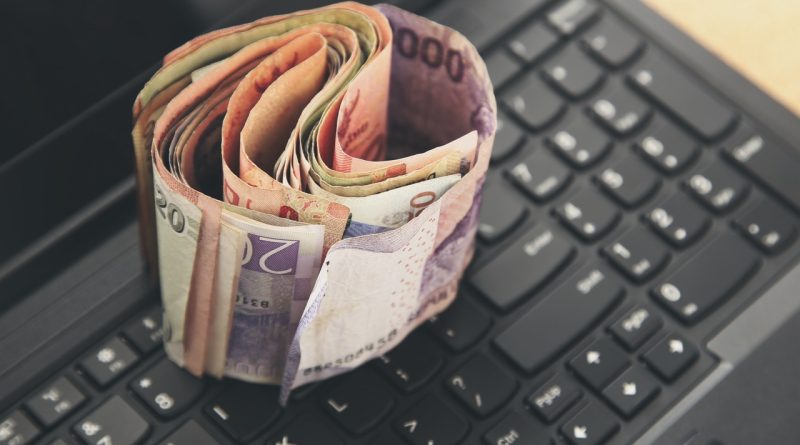How To Keep Your FIRE Portfolio Balanced Over Time
The Financial Independence, Retire Early (FIRE) movement has gained momentum over the past few years, inspiring countless individuals to rethink their relationship with money and work. But once you’ve put in the hard work to accumulate your savings and investments, what comes next? Maintaining the balance of your FIRE portfolio is crucial to ensuring that your financial independence lasts as long as you need it. In this article, we’ll explore the essentials of keeping your FIRE portfolio balanced over time, including the basics of a balanced portfolio, strategies for rebalancing, monitoring market trends, and the importance of flexibility as your life evolves.
Understanding the Basics of a Balanced FIRE Portfolio
To kick things off, let’s get grounded in what a balanced FIRE portfolio looks like. At its core, a balanced portfolio typically consists of a mix of asset classes, like stocks, bonds, and perhaps some real estate or alternative investments. The goal here is to have a blend that aligns with your risk tolerance and time horizon. For those pursuing FIRE, a growth-oriented approach may dominate the early years, allowing for higher risk and higher reward, while gradually shifting to more conservative investments as you transition into retirement.
Diversification is key in achieving balance. By spreading your investments across different asset classes and sectors, you protect your portfolio from volatility. It’s crucial that you don’t put all your eggs in one basket; this means not just diversifying by type (stocks vs. bonds), but also by geography (domestic vs. international) and sector (technology, healthcare, etc.). Remember, a balanced portfolio should be tailored to your individual goals, risk appetite, and the stage of your FIRE journey.
Lastly, understanding your withdrawal rate is vital in maintaining a balanced FIRE portfolio. The widely accepted safe withdrawal rate is around 4%, but this can vary based on personal circumstances, market conditions, and life expectancy. A well-calibrated withdrawal strategy ensures that your money lasts throughout your retirement, making it a cornerstone of a balanced FIRE portfolio.
Strategies for Regularly Rebalancing Your Investments
Once you’ve established a balanced portfolio, the next step is to ensure it’s adjusted regularly. Rebalancing involves periodically reviewing and, if necessary, realigning your asset allocation to maintain your desired risk level. This can be done quarterly, biannually, or annually, depending on your preference and market conditions. The primary idea is to sell assets that have grown disproportionately and to reinvest that capital into underperforming assets.
Automating your investments can be an effective strategy for rebalancing. Many robo-advisors and investment platforms offer automatic rebalancing services, allowing your portfolio to maintain its intended allocation without constant hands-on management. This can save you time and ensure that you’re not missing out on essential adjustments due to human oversight or emotional decision-making.
Moreover, keep in mind that rebalancing is not just about selling high and buying low; it’s also an opportunity to reflect on your financial goals as you move through life. Every few years, revisit your investment strategy and adjust your asset allocation based on your evolving goals, lifestyle, and risk tolerance.
Keeping an Eye on Market Trends and Adjusting Accordingly
Staying updated on market trends is essential for any investor, especially for those in the FIRE community. The financial landscape is constantly changing; economic indicators, interest rates, and geopolitical events can all impact your investments. Keeping an eye on these trends helps you make informed decisions about when and how to adjust your portfolio. For example, if you notice a downturn in a specific sector that heavily influences your portfolio, it may be time to reconsider your asset allocation.
Using tools like financial news platforms, investment newsletters, or even social media can help keep you informed about broader market movements. However, it’s essential to balance your research with a healthy dose of skepticism; not every trend is worth following. Staying focused on long-term strategies instead of getting swept up in short-term market hysteria can keep your portfolio on track.
Another key aspect is understanding the economic indicators that can affect your investments. For example, if inflation is rising, consider adjusting your bond exposure or adding inflation-protected securities to your portfolio. By being proactive and responsive to market conditions, you can create a more resilient FIRE portfolio that stands the test of time.
Embracing Flexibility: Adapting Your Portfolio as Life Changes
Life is unpredictable, and as you navigate through various life stages, your investment strategy should adapt accordingly. Major life events—such as marriage, having children, changing jobs, or even health-related issues—can significantly affect your financial situation and risk tolerance. It’s vital to regularly assess how these changes impact your investment needs and make appropriate adjustments to your portfolio.
For instance, if you’re planning to buy a house soon, it may be wise to shift some of your investments into more stable, liquid assets to ensure you have cash readily available. Conversely, if you find yourself with unexpected windfalls, such as a bonus or inheritance, you can reevaluate your portfolio to see if you need to diversify more or take on additional risk.
Finally, remember that the FIRE journey is personal. What works for one person might not work for another, so embrace flexibility and make adjustments that feel right for you. Regularly revisiting your financial goals will help you stay aligned with your vision of a financially independent future, even as life throws its curveballs.
In summary, maintaining a balanced FIRE portfolio is an ongoing process that requires attention, flexibility, and a willingness to adapt as your life and the market change. By understanding the basics of asset allocation, regularly rebalancing your investments, keeping an eye on market trends, and being open to adjusting your strategy, you can create a resilient financial future. Remember, the goal of the FIRE movement is not just to retire early but to live a life of freedom, and a well-balanced portfolio is your ticket to achieving that dream!
